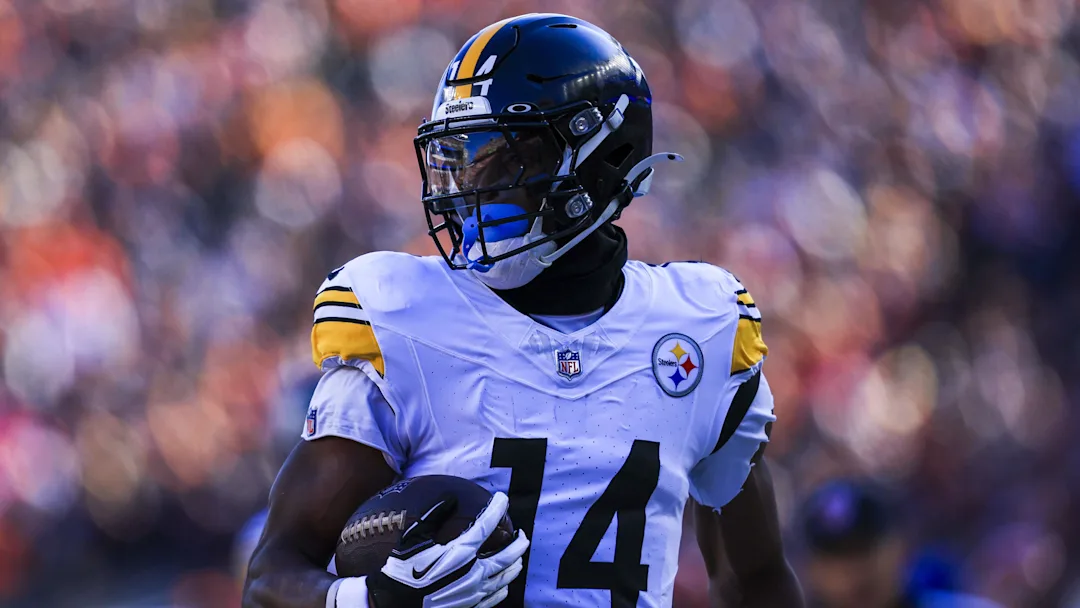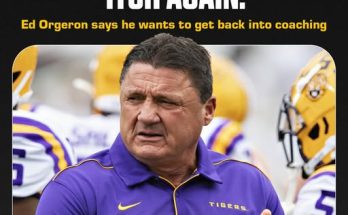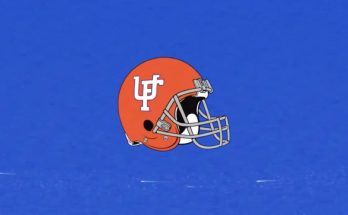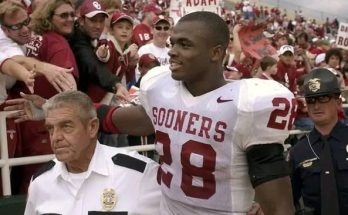When the Arizona Cardinals made the surprising decision to pass on acquiring Pittsburgh Steelers wide receiver George Pickens in the trade market, it raised eyebrows across the league. At the time, rumors swirled that Pickens was available for the right price. Whispers suggested the Cardinals were one of several teams engaged in exploratory talks, and given their ongoing efforts to surround quarterback Kyler Murray with more offensive weapons, a move for a young, explosive wideout like Pickens seemed both logical and aggressive. Yet, in a rare instance of restraint, the Cardinals decided to walk away. In hindsight, that decision might be one of the smartest moves the franchise has made in recent years.
Pickens, undeniably talented, has always been a lightning rod for both praise and criticism. His highlight-reel catches and rare athleticism made him a fan favorite in Pittsburgh, at least initially. But behind the scenes, things were rarely that simple. Concerns about maturity, commitment, and locker room chemistry followed Pickens from his days at Georgia through his early years in the NFL. Even with flashes of brilliance, his tenure in Pittsburgh became defined just as much by erratic behavior and inconsistent production as by any on-field fireworks.
When Pickens began publicly displaying frustration—waving off teammates, disengaging during games, and making cryptic social media posts—Steelers leadership had clearly seen enough. Despite investing a second-round pick and several seasons of development, Pittsburgh felt it was time to move on. Internally, they debated whether the juice was worth the squeeze. While some around the league believed Pickens just needed a change of scenery, others viewed him as a volatile player whose talent might never fully materialize without a drastic shift in approach. The Cardinals, who had made headlines in the past for taking chances on high-ceiling players, seemed like a natural landing spot. But Arizona said no.
At the time, it looked like a missed opportunity. The Cardinals’ offense was struggling to find consistency, and Murray lacked a true downfield threat who could consistently win 50/50 balls and change games in a flash. While rookie Marvin Harrison Jr. was already viewed as the future WR1 of the franchise, adding Pickens would have created a dynamic, high-upside tandem. Yet General Manager Monti Ossenfort and Head Coach Jonathan Gannon trusted their instincts. They prioritized culture over splash and quietly moved in a different direction.
The aftermath of Pickens’ eventual trade to another team validated that choice. Reports soon emerged that his new locker room was encountering the same issues Pittsburgh had faced. Coaches struggled to rein him in. Teammates quietly grumbled about his aloofness and lack of accountability. While he delivered a few notable plays early on, his inconsistency resurfaced. His effort on blocking assignments remained suspect, and his route running, while occasionally electric, often lacked polish or discipline. Most damaging, however, were renewed questions about his commitment to being part of a team-first environment.
Meanwhile, the Cardinals benefitted from the stability they chose instead. Rather than gamble on a volatile personality, they focused on growing an identity rooted in discipline and collaboration. Harrison, as advertised, emerged as a dependable, high-IQ playmaker. Veteran wideout Michael Wilson stepped into a leadership role, offering mentorship and reliability. The offense, while not yet elite, began to gel. Kyler Murray, returning to form post-injury, expressed renewed confidence in the system and the people around him. Notably, there were no distractions. No cryptic tweets. No sideline tantrums. Just football.
In a league where talent often outweighs temperament in the minds of executives, the Cardinals’ decision to prioritize long-term health over short-term star power is a refreshing case study. The NFL is filled with teams who bank on “fixing” players with red flags, often at the expense of locker room unity or a young quarterback’s development. Arizona, often criticized in the past for erratic front office decisions, demonstrated maturity and foresight this time around. They understood that a young team, still laying its foundation under a relatively new regime, couldn’t afford a high-maintenance project at such a crucial stage.
It’s also worth noting the financial ramifications. Pickens, still on his rookie deal, would have eventually required an extension had he produced. Given the current wide receiver market, a young WR with even modest production can command significant dollars. That would have placed Arizona in a difficult spot: commit cap space to an unpredictable talent or let him walk and lose value. Instead, they preserved flexibility. The resources not spent on Pickens were redirected toward bolstering the offensive line and improving depth across the roster. These subtle but critical investments paid dividends over the course of the season.
Pickens’ struggles elsewhere have continued to make headlines, but for Arizona, they represent what could have been—a cautionary tale rather than a crisis. The Cardinals have quietly redefined their approach, leaning on smart drafting, character evaluations, and developmental patience. It’s not the sexiest formula, but it’s sustainable. And in a division where the 49ers and Rams routinely reload with disciplined rosters, Arizona’s philosophical shift puts them in a position to compete more consistently moving forward.
Some fans still ask what might have been. After all, George Pickens is only 24 years old and still boasts rare traits that can’t be taught. In the right environment, with the right coaching, could he eventually blossom into a perennial Pro Bowler? Perhaps. But the Cardinals rightly recognized that their environment wasn’t right—for him or for their team. There’s a difference between taking a risk and making a reckless decision. Arizona’s leadership finally appears to understand that distinction.
The Pickens episode is also a reminder that not every trade that doesn’t happen is a failure. Sometimes, the best move is no move at all. For Arizona, staying out of the George Pickens sweepstakes was an act of quiet strength. It signaled a willingness to endure growing pains rather than take shortcuts. It revealed a team more focused on building something lasting than winning the press conference or appeasing the highlight reels.
In an era where fans and media alike clamor for fireworks and headline-making acquisitions, the Cardinals dodging the George Pickens bullet is a win worth celebrating. It might not generate viral clips, but it will generate wins. And for a team on the rise, that’s the only highlight that matters.



